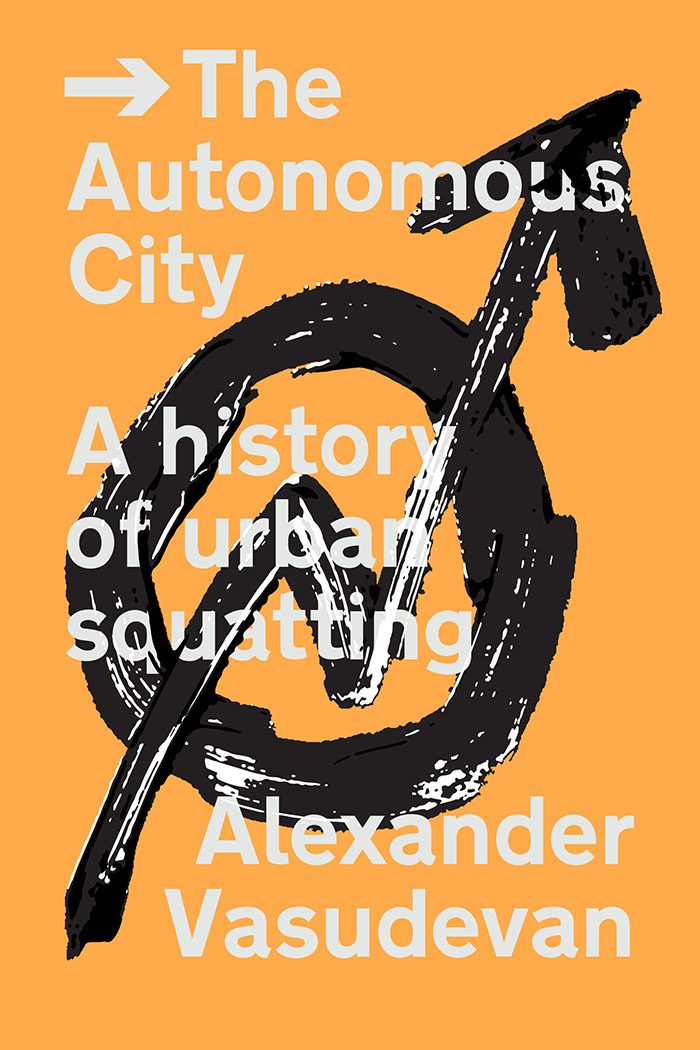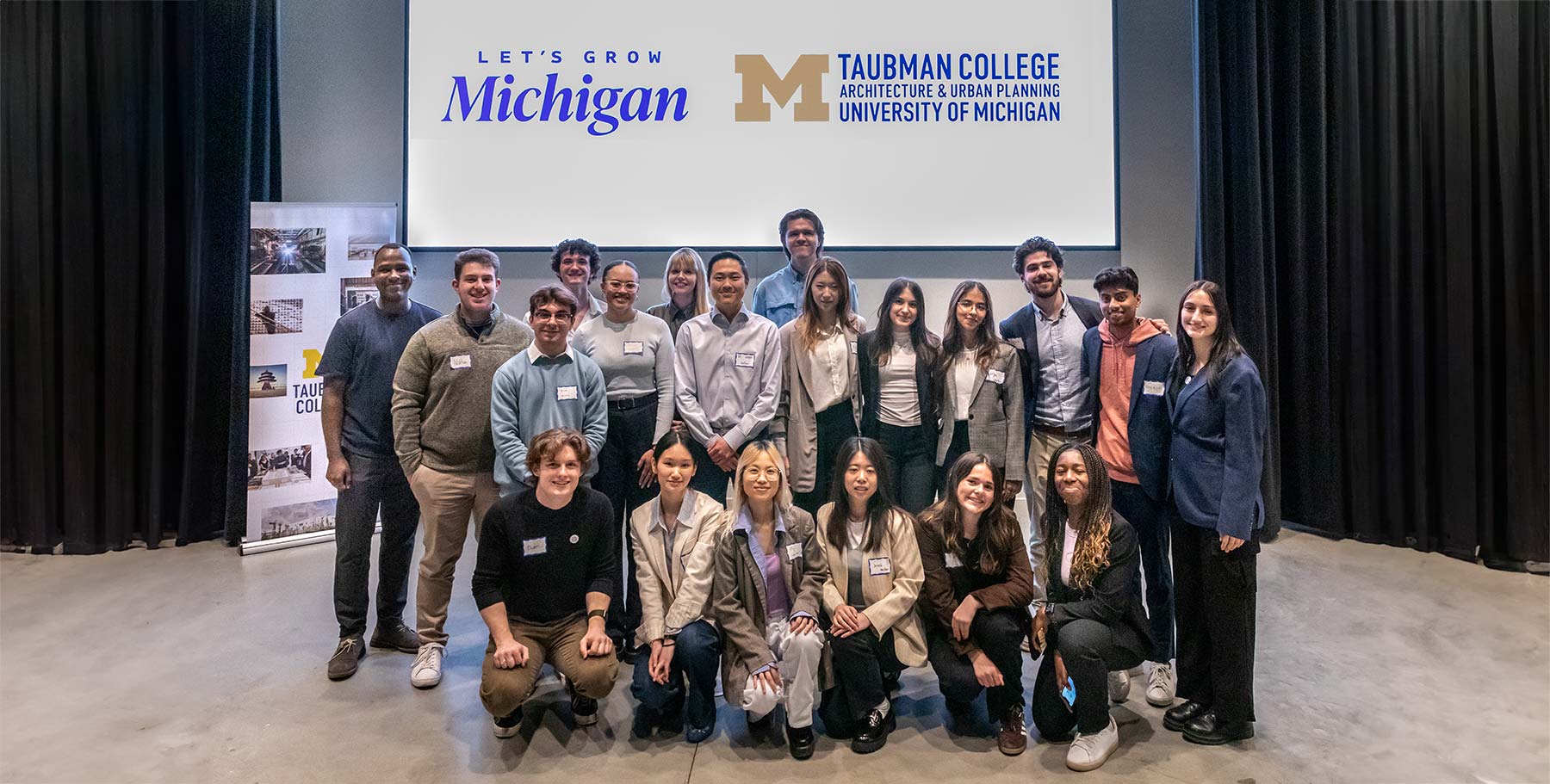Detroit Resists, A Coalition Co-Founded by Herscher, Featured in New Book “The Autonomous City”
Detroit Resists, a coalition working on behalf of a just, equitable, and democratic city co-founded by Associate Professor Andrew Herscher, has been featured in Alexander Vesudevan’s new book, The Autonomous City: A History of Urban Squatting (Verso: 2017). The Autonomous City is the first popular history of squatting in Europe and North America and this history ends with Detroit Resists:
It is perhaps unsurprising that the final word in the recent history of squatting in Europe and North America begins with another occupation. This is, however, a different kind of occupation. On 26 May 2016, the American Pavilion at the Venice Architecture Biennale was digitally ‘squatted’ by an activist collective based in Detroit. The collective, Detroit Resists, installed its own virtual exhibition on the pavilion site which was accessible through the Layar augmented reality smartphone app. The occupation superimposed images of protest and resistance over the existing exhibition. These are images that have been routinely omitted from recent architectural visions of a ‘resilient’ regenerating Detroit … As the members of Detroit Resists as well as other local citizens know all too well, squatting and other forms of urban informality have played an important role in sustaining an alternative and deeply fragile city in the face of intense inequality.
In the 2016-17 academic year, Herscher, along with other members of Detroit Resists, spoke about the coalition’s work at Digital Dissent, a conference at UC Berkeley; Fear of Life: The City as Habitat to All, a symposium at the University of Applied Arts in Vienna; and the History/Theory/Criticism Lecture Series at the School of Architecture and Planning at MIT. Herscher was also invited to speak about Detroit Resists at the Creative Cities Workshop at Stanford University, the Institute for Contemporary Art in Graz, the Edinburgh School of Architecture and Landscape Architecture, the Musée d’art contemporain in Montréal, and at the European Architectural History Network 2017 Annual Conference.






